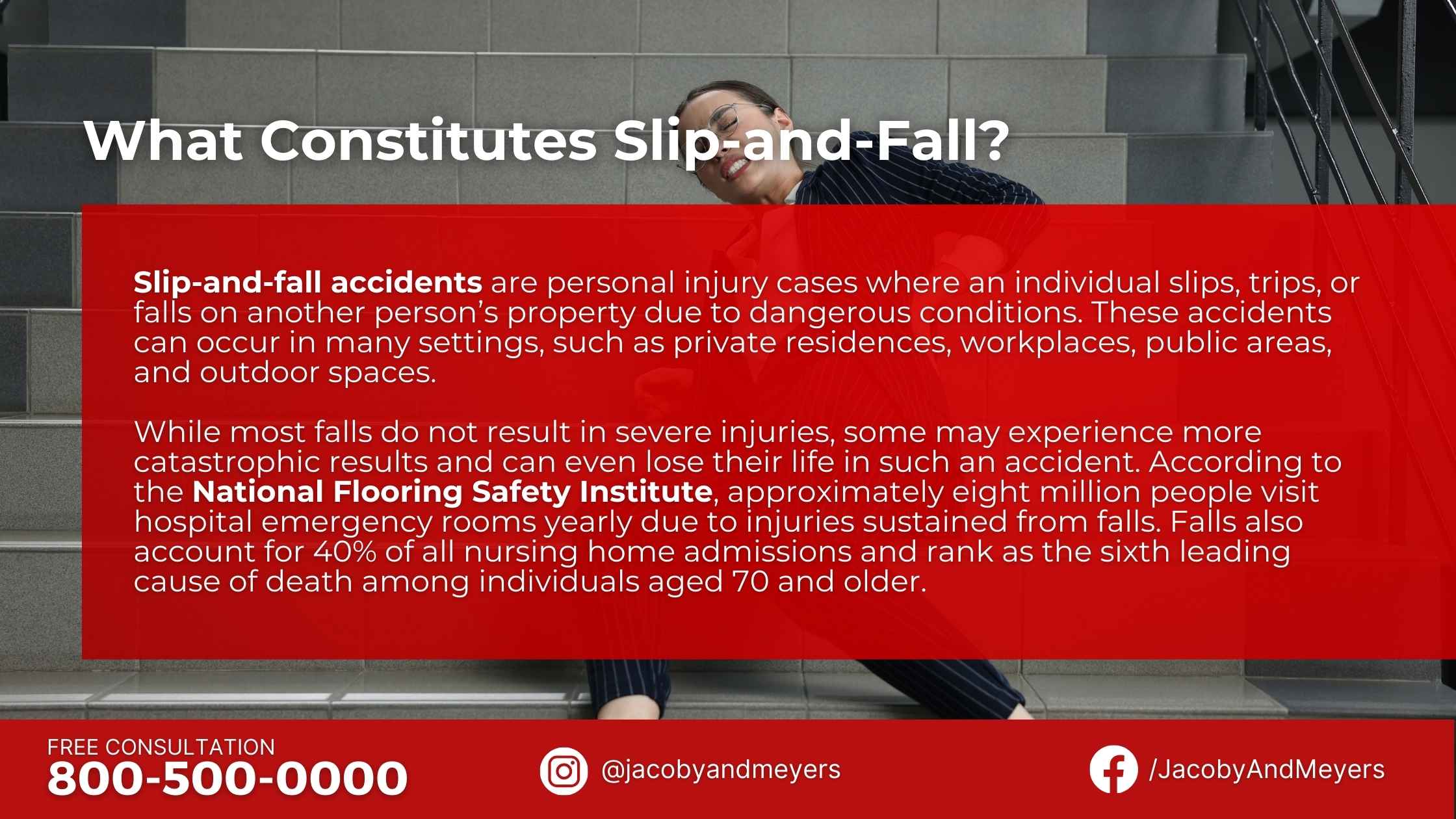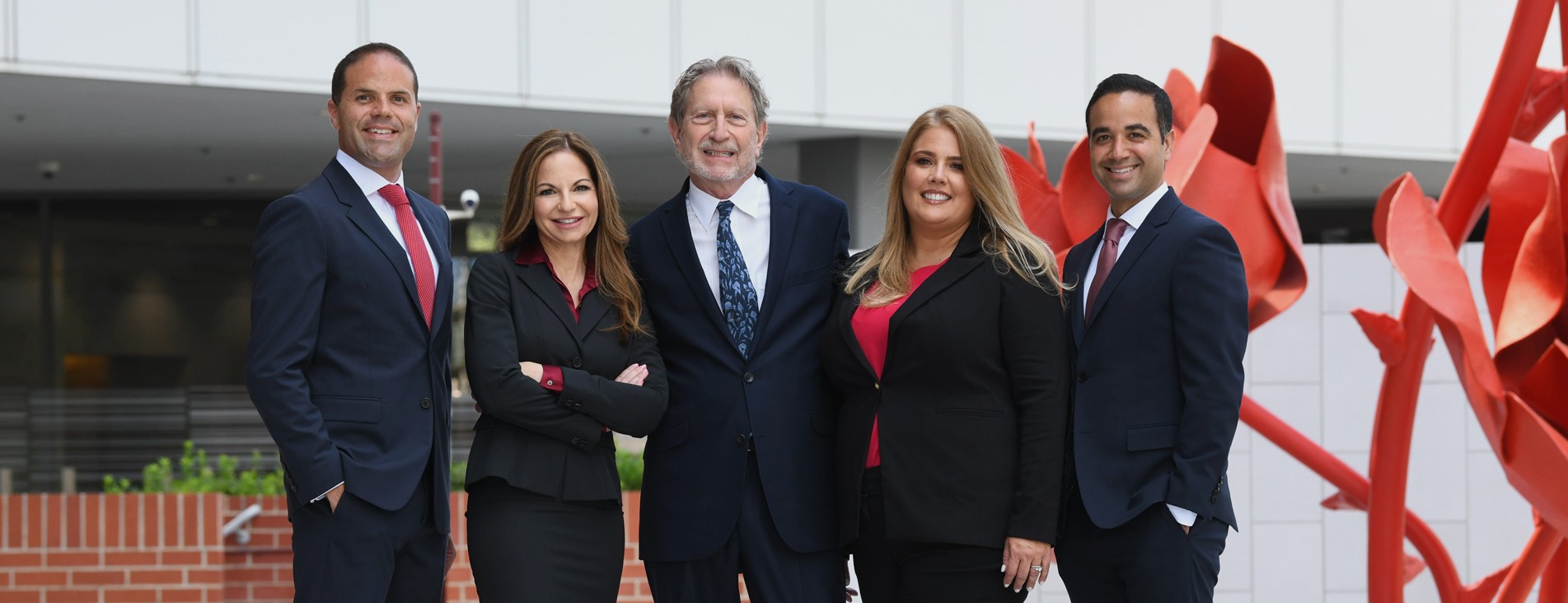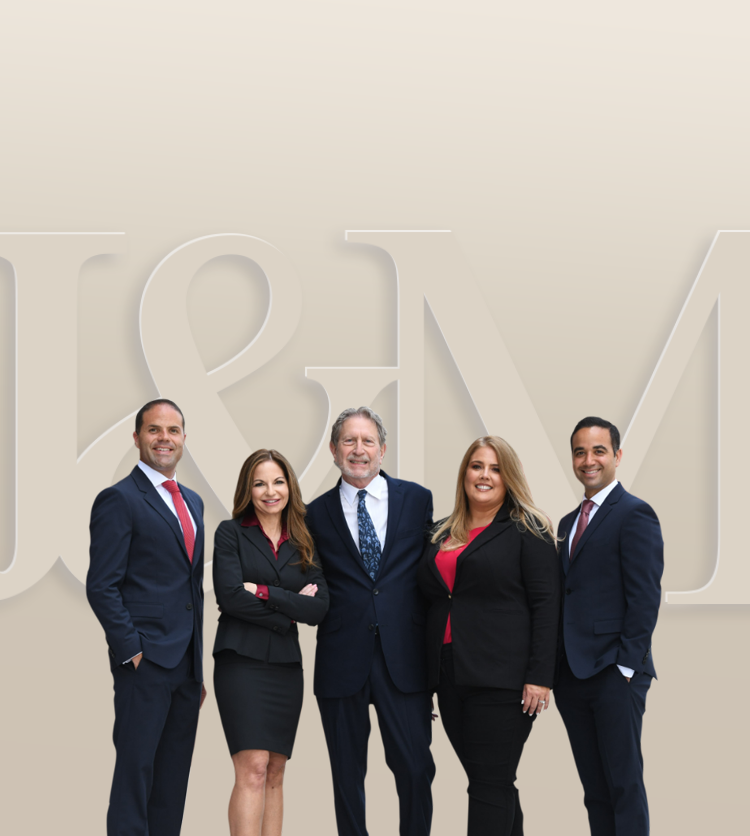You can file a claim for a slip-and-fall accident against an owner if you show that they negligently ignored a hazard, resulting in the incident. You can do so by having evidence to support your claim, such as a witness testimony or evidence indicating they bypassed code violations.
If you are involved in a slip-and-fall accident caused by a property owner, this article will help you prove that they knew the hazard before the fall, allowing you to receive the compensation you deserve for your injuries.
What Are Slip-and-Fall Hazards?
Slip-and-fall hazards increase the likelihood of someone slipping, tripping, or falling, often resulting in injuries. Unfortunately, these hazards can be present in public spaces, such as grocery stores and restaurants, which can endanger everyone’s safety.
Common slip-and-fall hazards you must avoid are the following:
- Wet or greasy surfaces
- Mats or equipment that is loose or not secured
- Flooring or surfaces that lack uniform traction across all areas
- Weather-related hazards, like wet floors due to rainwater
- Insufficient lighting
- Uneven floor surfaces
- Exposed cable
- Cluttered spaces
- Blocked lines of sight.
It is essential to maintain a clean and clutter-free environment. Property owners must always ensure their space or walkways are clear of obstacles to avoid endangering other people’s lives.
What Should Owners Do Upon Finding Safety Hazards?
According to WorkSafe Tasmania, there are four ways to respond to safety and slip-and-fall hazards in a workplace: Spot the Hazard, Assess the Risk, Fix the Problem, and Evaluate the Results.
- Spot the Hazard: Owners should thoroughly inspect the workplace to identify potential hazards. They may also ask employees to report unsafe conditions, as they may notice issues that management might miss. Additionally, owners should conduct regular safety audits and walk-throughs to help spot these risks.
- Assess the Risk: Once hazards are identified, owners should assess the associated risks by evaluating how likely a hazard could cause an accident, the severity of consequences, how many employees or customers are at risk, and for how long. This assessment helps prioritize dangers that require immediate attention and guides the development of targeted safety measures.
- Fix the Problem: After assessing the risks, owners should take action to eliminate or reduce them while ensuring employees are informed about these changes and their importance.
- Evaluate Results: Finally, owners should evaluate the effectiveness of safety measures by monitoring incident reports for declines in accidents, gathering employee feedback, and conducting follow-up inspections for new hazards. They should continue assessment and adjustments to foster a safety culture, protect employees from injuries, and create a healthier workplace.
Regularly assessing hazards and making necessary changes can promote a safer workplace and environment, avoiding accidents and injuries.

What Constitutes Slip-and-Fall?
Slip-and-fall accidents are personal injury cases where an individual slips, trips, or falls on another person’s property due to dangerous conditions. These accidents can occur in many settings, such as private residences, workplaces, public areas, and outdoor spaces.
While most falls do not result in severe injuries, some may experience more catastrophic results and can even lose their life in such an accident. According to the National Flooring Safety Institute, approximately eight million people visit hospital emergency rooms yearly due to injuries sustained from falls. Falls also account for 40% of all nursing home admissions and rank as the sixth leading cause of death among individuals aged 70 and older.
When Can I File a Claim for a Slip-and-Fall?
A personal injury claim is a legal action to obtain compensation for damages resulting from an accident that was not your fault. This typically covers expenses like medical bills, property damage, and lost wages due to the incident. However, not every accident, such as slip-and-fall cases, qualifies for a claim.
In California, if you’re injured in a slip-and-fall accident on someone else’s property, you may be protected under premise liability law. This law holds property owners accountable for accidents if their negligence contributed to the incident. If you can prove that your injuries and accident result from a property owner’s or someone else’s wrongful action, your situation may qualify for a personal injury case.
When holding property owners liable, you must prove that they failed to do the following:
- Maintain the property by addressing hazards or defects promptly.
- Warn visitors of any unsafe conditions.
- Ensure their staff keeps the premises safe, especially in adverse weather or other potentially hazardous situations.
For instance, a child spilled their drink on the floor, and their guardian notified the employee of the hazard. Despite this, the employee failed to clean the mess and warn the other customers of the hazard. As a result, you slipped and sustained hip injuries.
In this scenario, the supermarket can be considered negligent because its employees failed to act reasonably and did not respond appropriately to prevent accidents. Since your injury stemmed from a slip-and-fall incident caused by the company’s misconduct, they may be liable for the resulting damages.
While you may generally be able to seek compensation, it can be overwhelming to file a claim against a large corporation. They often have the resources to hire legal teams that strategically leverage the facts to their advantage. This becomes more challenging if you have difficulty understanding the legal process while recovering from your injuries.
Fortunately, a slip-and-fall attorney can assist in identifying and proving who is at fault by thoroughly examining your case and gathering the relevant information. This way, you can ensure that you receive the justice you deserve.
How to Show the Owner Knew of the Hazard Before Your Fall
When filing a personal injury case, you must present evidence and prove that the accident results from another individual’s wrongful actions or negligence to hold them accountable. However, how do you show that the owner knew the hazard before your slip-and-fall accident?
In premises liability cases, understanding the knowledge of the owner of the hazard is relevant to build the case. There are two main types of knowledge to consider:
- Actual Knowledge: This is when an owner is fully aware of a dangerous condition on their property and must warn visitors about the risks involved.
- Constructive Knowledge: On the other hand, constructive knowledge refers to situations where the owner should reasonably be aware of a hazardous condition, even if they aren’t directly aware of it. Property owners are expected to regularly inspect their premises and identify potential hazards that could harm others.
So, when pursuing damages for a slip-and-fall accident, whether the property owner had actual or constructive knowledge of the hazard can be crucial in determining liability. You can prove this if you can demonstrate one or more of the following elements:
Time Requirements
Property owners are given a reasonable timeframe to recognize and address any hazardous conditions on their premises. They cannot be held accountable for an accident without sufficient opportunity to detect the danger.
For example, if surveillance footage shows that a spill has been on the floor for more than an hour before your accident, this could indicate that the owner did not act within a reasonable period.
This timeframe is critical for determining liability, as it evaluates whether the property owner had an adequate chance to resolve the issue before any incident occurred.
Foreseeability
Foreseeability means the hazardous condition must be something that a reasonably careful person would notice. The hazard should be apparent enough that a diligent property owner would have taken steps to address it.
To prove foreseeability, you must have evidence, such as photographs of the accident site, showing the hazard’s visibility and seriousness. The hazard’s dimensions, placement, and characteristics also play a role in this evaluation, supporting the assertion that the owner had an obligation to rectify the issue.
Witness Testimony
Witness testimony can be crucial in proving negligence in incidents occurring on commercial property. Employees or other visitors may have previously alerted the property owner about the hazardous condition, indicating that the owner was informed of the problem days or weeks before the slip-and-fall accident.
Such testimonies can help establish that the owner failed to act despite being notified, further strengthening your personal injury claim. Eyewitness accounts can provide significant information regarding the timeline and the owner’s hazard awareness.
Code Violations
You can prove your claim by demonstrating that the hazardous condition breached safety regulations or building codes. Such violations can prove that the property owner did not follow the safety standards intended to protect individuals.
For instance, the property owner may be liable for breaching code violations if you trip in a parking lot due to poor lighting. These codes are in place to ensure the safety of occupants and visitors, and non-compliance can directly connect the owner’s negligence to the injury sustained.
While you have the right to compensation, having the necessary evidence and legal knowledge to prove your case is crucial. What happens if you can’t gather enough due to your injuries? Fortunately, premise liability lawyers have the experience and resources to assess the accident and gather solid proof to prove your injury case.
Do I Need a California Slip-and-Fall Attorney for a Premise Liability Claim?
Filing a personal injury claim can be overwhelming, requiring you to gather evidence, meet legal deadlines, and negotiate with insurance companies—all while recovering from your injuries.
The good news is you don’t have to face this alone. By hiring a slip-and-fall attorney, they take care of everything, allowing you to focus on your recovery while they work to maximize your compensation.
Here’s how premise liability lawyers can assist you:
- Proving Negligence: A lawyer will help build a strong case by proving the property owner’s fault.
- Gathering Evidence: Legal experts collect critical evidence, such as surveillance footage and witness statements, to establish liability.
- Negotiating with Insurance: Attorneys deal with insurance companies to secure fair compensation for injuries.
- Maximizing Your Compensation: A lawyer will ensure you receive compensation for medical bills, lost wages, pain and suffering, and other damages.
- Handling Legal Requirements: They manage paperwork, deadlines, and procedures so you can focus on recovery.
If you are looking for an accessible yet competent lawyer for personal injury, Jacoby & Meyers handles every detail of your case with no upfront fees—you only pay if we win. This way, you can recover without legal or financial stress. Contact us at 800-500-0000 to have a no-risk legal consultation.
We have multiple offices located through out California, contact the closest office near you below:
- Bakersfield slip and fall attorney
- Fresno slip and fall attorney
- Ontario slip and fall attorney
- San Francisco slip and fall attorney
Hear From Our Past Clients
While many law firms make similar claims, we deliver genuine results for our clients. We’re proud of our work and invite satisfied clients to share their stories, proving our commitment to excellence.
“From start to finish, my experience with Jacoby & Meyers has been nothing short of helpful and resourceful. My case manager, Marisol, was on it! She ensured to check up on me and gave clear explanations and directions of where things were at and what to expect. Very helpful and excellent communication! Thank you!” – Alexis R.
Frequently Asked Questions
Do you have further questions regarding personal injury claims? We got you! Here are some frequently asked questions from injured victims that may help explain some aspects of your case.
- Can I Receive a Settlement from an Accident in California after I Sign a Liability Waiver?
- How Do I Include Lost Wages in My Personal Injury Claim?
- My Personal Injury Settlement Check is Late; How Long Will It Take?
- The Eggshell Plaintiff Rule: Impact of a Pre-Existing Injury in an Accident Claim
Works Cited
Bieber, Christy, and Adam Ramirez. “What Is Premises Liability? What You Need To Know.” Forbes, 3 February 2023. Accessed 23 October 2024.
“4 steps to manage hazards and risk.” WorkSafe Tasmania, 28 June 2023. Accessed 23 October 2024.
“Slip and Fall Quick Facts | NFSI.” National Floor Safety Institute. Accessed 23 October 2024.
“What are Slips, Trips, and Falls? – Definition from Safeopedia.” Safeopedia, 23 July 2024. Accessed 23 October 2024.
Call or text 888-522-6291 or complete a Free Case Evaluation form







